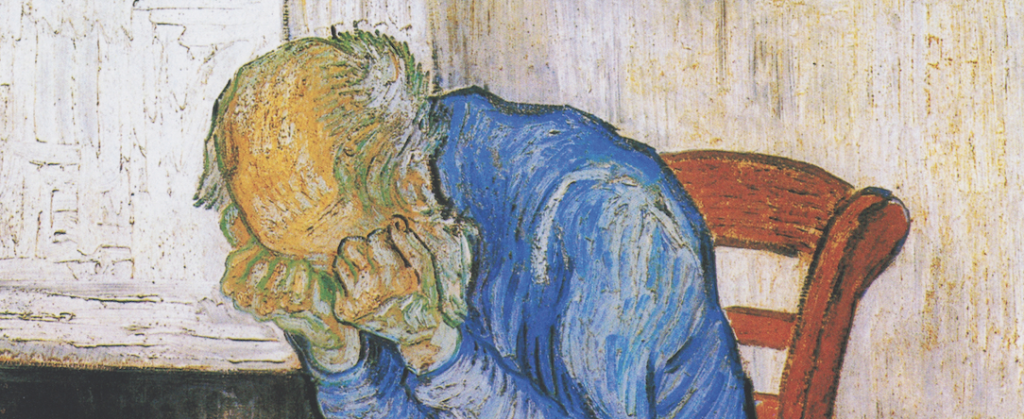An artist, according to the Oxford English Dictionary, is someone who delves into and practices the creative arts, like poetry, painting or filmmaking. Artists, or creatives, can show the peaks and trenches of their societies through their work. Many creatives use their chosen media to process their environment, relationships and perception of themselves. Their masterpieces help others connect and present new ideas. In addition, people can heal and rediscover themselves through art. On the other hand, art can also cause grief and division.
So, should artists have rules about what they can and cannot do?
I am sure many of you just thought “yes.” For instance, vulgar humor and racial discrimination should always be prohibited. Every piece of art made by a Christian should always have a Bible verse attached. If the poet writes about sad things, they must bring the end back to joy in Christ without fail. Right? Not really. We need to go deeper.
If you go into the creative world, you will quickly discover that rules are subjective. It is comparable to the “Pirate’s Code” in “The Curse of the Black Pearl.” Captain Barbossa put it quite nicely when he said, “The code is more what you’d call ‘guidelines’ than actual rules.” Art consists of loose guidelines rather than hard-fast boundaries. If these were reversed, it would not be art. Art is a subjective experience. Not every artist and viewer or reader will see, read or feel the same thing.
For example, the use of swearing in a Christian author’s work is a common discussion topic in my writing circles. It is easy to find a handful of Bible references condemning swearing, but the issue is not that simple.
If I wrote a WWII historical fiction novel for non-believing adults ages 18-30, using “dang it” in a tense situation wouldn’t cut it. It would make me look like a fool and therefore cause my readers to disregard the rest of what I have to say. No matter how many great “Christly” figures I have in my book to share the gospel, without establishing credibility with my audience, I might as well kiss my dreams goodbye. Swearing would be necessary in this instance for characterization and writing tone to get my themes and ideas across to my readers.
The case would be entirely different if I were crafting a story for elementary schoolers. Using swear words would be inappropriate, whether the story targeted a Christian audience or not. The themes in my book would be less intense and thereby would not warrant an intense reaction from my characters.
Artists, regardless of religious affiliation, are accountable to God, and the purpose of their project determines whether it is moral. Christians may want to ban artists from portraying drunkenness, abuse and murder because they are sins, but is it the right thing to do?
If an author is glorifying spousal abuse, that is wrong, regardless of the plot. Most people, Christians or otherwise, agree with that statement. On the other hand, an author can condemn spousal abuse, making its appearance in the book acceptable. Context and motivation are everything, so the limits of art, then, should be set by the creator’s conscience.
Laying down hard rules for art is not applicable because art is a means of free expression. The morality and context of a piece should be determined on a case-by-case basis with the artist’s conscience as the foundation. Creatives push boundaries, taking them past the normal street sweepers and bankers. Art should be adventurous, exciting and different, peering into every area of life, even the shadows, to show us the light.
Johnson is an opinion writer for the Liberty Champion
